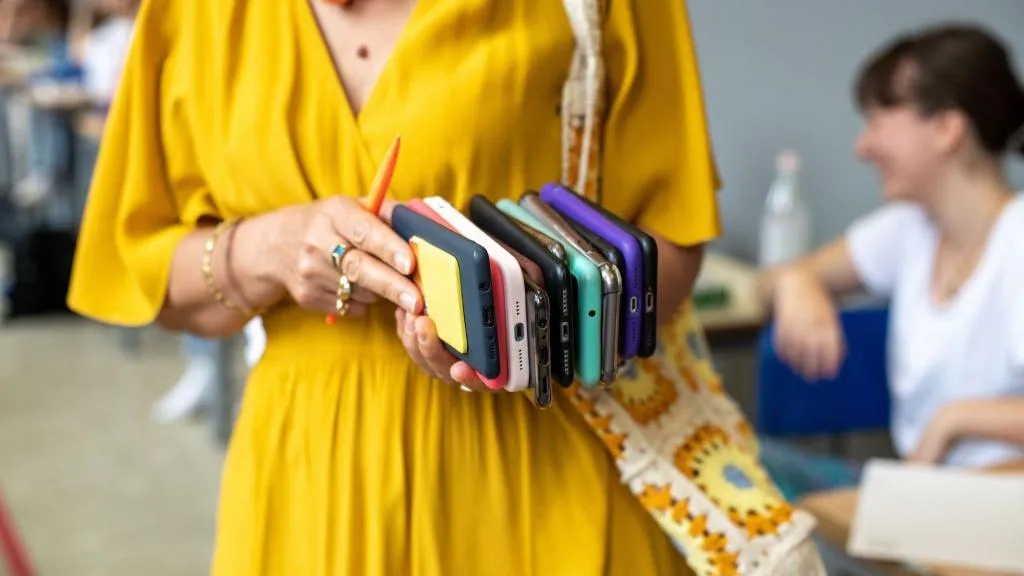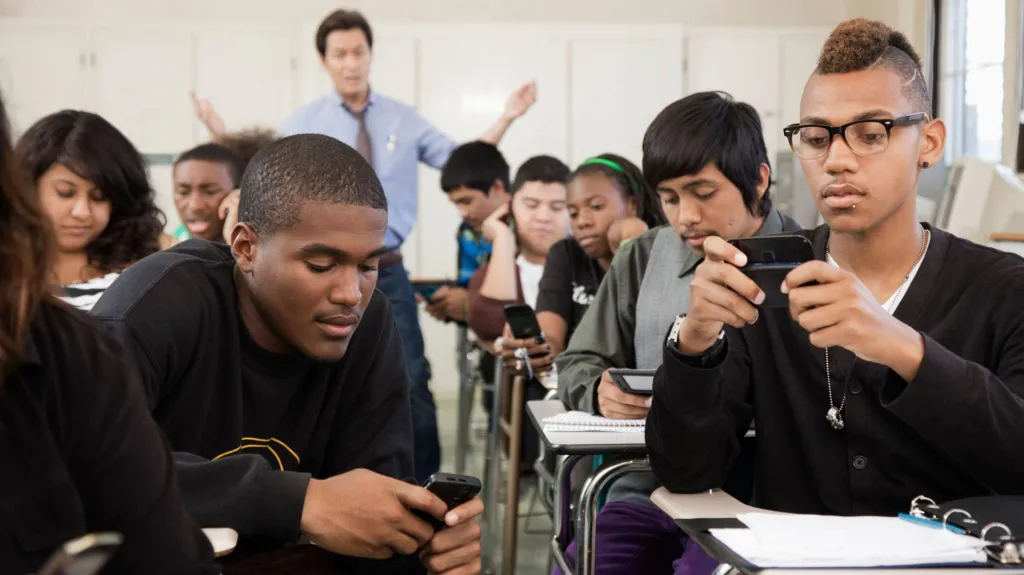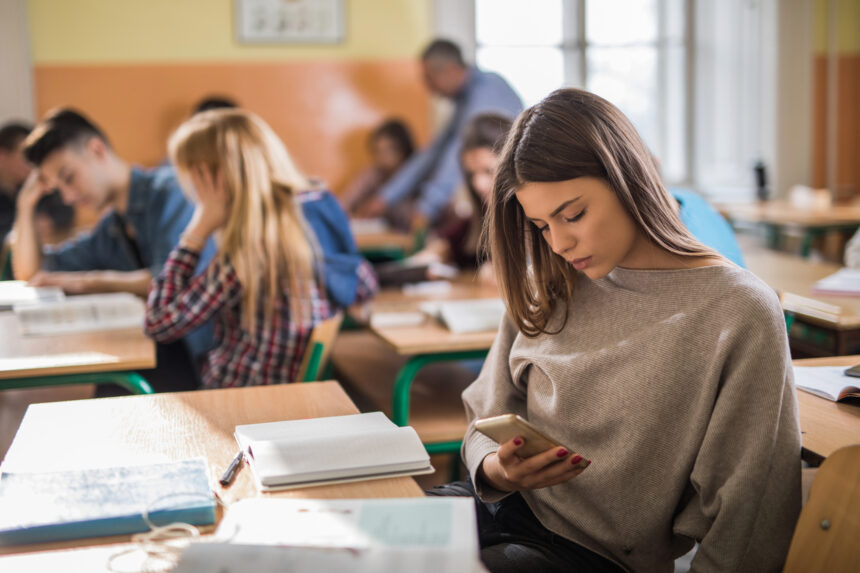In response to increasing concerns over youth mental health and the disruptive influence of smartphones in classrooms, a growing number of US states and school districts are implementing stricter regulations on smartphone use in schools. This week, the Los Angeles school district, the second largest in the country, joined this movement by announcing a ban on smartphones in classrooms starting next year.
Nancy Streit, a middle-school teacher in Los Angeles, understands the challenge of competing with smartphones for her students’ attention. While she acknowledges the necessity of these devices in emergencies, she observes that students often find ways to bypass classroom rules prohibiting phone use. “It’s mostly the parents calling,” she says, noting the difficulty in enforcing a complete ban.
The issue is gaining traction at the state level as well. California Governor Gavin Newsom recently called for a ban on smartphones in classrooms and expressed his intent to work with legislators on policy development. New York Governor Kathy Hochul is advocating for similar legislation in her state. Meanwhile, Indiana has already passed a law banning smartphones in classrooms, set to take effect this autumn.

This initiative has seen rare bipartisan support, with both Republican and Democratic legislators pursuing similar policies. For instance, Florida implemented a state law last year requiring school districts to prohibit phones in classrooms and block social media access on school Wi-Fi. The law also mandates that schools provide instruction on the social, emotional, and physical effects of social media.
The surge in smartphone regulations is partly driven by mounting evidence linking excessive social media use to mental health issues among adolescents. Surgeon General Vivek Murthy recently called for warning labels on social media platforms, akin to those on cigarette boxes, citing the increased risk of anxiety and depression among children who spend significant time on these platforms. A 2019 study frequently cited by federal health offices found that adolescents who spend more than three hours a day on social media face double the risk of mental health problems.
Raphaela Hodges, a grade six teacher in Los Angeles, has noticed a dramatic change in how children socialize, noting that students often resort to their phones when uncomfortable. “When they’re uncomfortable they pick up the phone,” she told the BBC.
Despite widespread agreement on the need for regulation, implementing these policies presents significant challenges. Ken Trump, president of the National School Safety and Security Services, emphasized the complexity of enforcing such rules without strong community consensus. “There’s a lot more to it than the average parents or other person looking from afar would think. It’s a wicked problem, there are a lot of complexities to it,” he said.
In Los Angeles, school board members voted to ban smartphones starting next year, but details on enforcement remain unclear. Alyssa, an 18-year-old high school student from Los Angeles, expressed skepticism about the practicality of the ban. “We have huge campuses – no one can monitor all that,” she said. “There are tons of areas where you can go and not be seen.”

The debate over smartphone use in schools is not new. Concerns about phones distracting students and facilitating cheating and cyberbullying have existed since the devices became widely available. The 1999 Columbine High School shooting, however, led to a reassessment of phones as essential communication tools during emergencies, prompting many states to relax earlier restrictions.
Today, the focus has shifted back to the potential harms of unrestricted phone use in classrooms. With approximately 76% of US schools already prohibiting non-academic phone use during the 2021-2022 school year, the latest wave of regulations aims to strengthen these measures further.
As states and school districts continue to grapple with the balance between safety and limiting social media’s influence, the effectiveness of these new policies will be closely watched.







